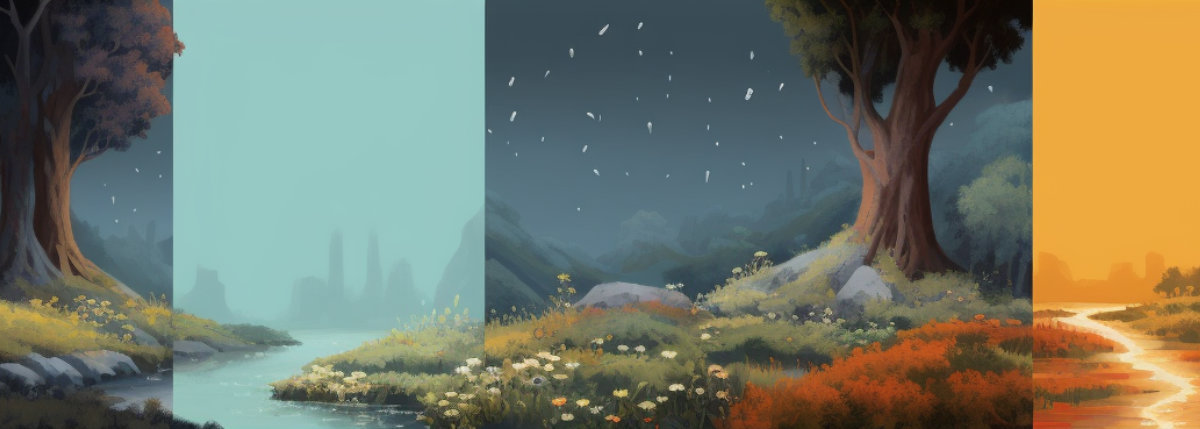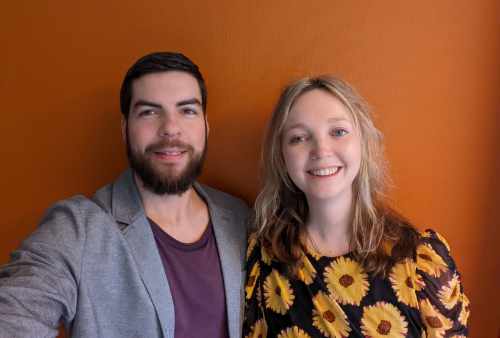Nestled deep in an ancient forest, a veil of mist hovered over the moss-covered ground. As sunlight slowly permeated the canopy, it illuminated a curious sight – dozens of small mushrooms clustered around the base of a towering oak tree. Their convex caps were a kaleidoscope of honey browns, flecked with cryptic symbols. Had they always been there?
A young forager from the village noticed the unusual fungi while searching for kindling. Though cautious, she felt drawn to their otherworldly beauty. She gently plucked a few mushrooms and placed them in her woven bag before heading home to show the village elder.
“They appeared to glow from within,” the forager explained. The elder’s eyes widened with recognition. These were the mythical mushrooms from legends passed down for generations. The ones that induced sacred visions and opened portals to unseen realms.
“You’ve been blessed by the forest spirits,” replied the elder. “We will prepare the mushrooms together and embark on a spiritual journey tonight.”
As dusk fell, a small group from the village gathered in ceremony. The forager and elder consumed the magical mushrooms. Soon, their consciousness began to expand. Vivid colours and patterns swirled before their eyes…
As the mushroom’s effects intensified, the forager felt her spirit lift out of her body. Suddenly, she was soaring high above the forest. Below, she could see the intricate web of life – animals foraging, streams flowing, trees communing through their roots. She felt profoundly connected to it all.
Visions of her ancestors appeared, welcoming her into the transcendent oneness. The forager’s mind was imbued with a sense of unconditional love and wisdom. This state had been described in the legends, but to experience it was beyond words.
After some time, the effects gently subsided, and the forager returned to everyday awareness. The elder was there to guide her through the re-entry. The next day, she understood – these were no ordinary mushrooms.
The elder explained that they contained a powerful substance now known as psilocybin, which could profoundly alter human consciousness and connect it to nature’s deeper mysteries. This wisdom was now hers to integrate and share.
The forager was profoundly grateful for the experience. She took up practices to cultivate the mystical insights in her daily life. Occasionally, she would return to the sacred mushrooms that grew under the ancient oak, when wisdom from beyond was sought again.

What is Psilocybin?
The elder explained that psilocybin is the naturally occurring psychoactive compound responsible for inducing the mystical effects in certain mushrooms.
Psilocybin is a tryptamine alkaloid that closely resembles the brain chemical serotonin in structure. It can readily cross the blood-brain barrier and activate serotonin receptors in the brain and central nervous system.
Specifically, psilocybin shows a high affinity for the serotonin (5-HT or 5-hydroxytryptamine – the chemical ‘name’) 2A receptors. Stimulating these receptors causes pronounced sensory, perceptual, cognitive, and emotional changes that alter consciousness dramatically.
At moderate to high doses (10-25mg), psilocybin can generate feelings of euphoria, spiritual awakening, connectedness, insight, and enhanced creativity or imagination. At even higher doses, users often experience vivid visual and auditory distortions, changes in space/time perception, and dissolution of ego boundaries.
Psilocybin acts as a non-selective serotonin agonist, which explains its diverse effects. It has been used traditionally in sacred plant medicine ceremonies and rituals across cultures to induce healing and mystical states when guided responsibly.
However, psilocybin remains classified as an illegal drug in modern societies. Its psychoactive properties are often misunderstood and stigmatized outside of indigenous contexts.
The forager felt called to help illuminate psilocybin’s true potential as a healing plant ally, much like how her own experience had illuminated her consciousness.
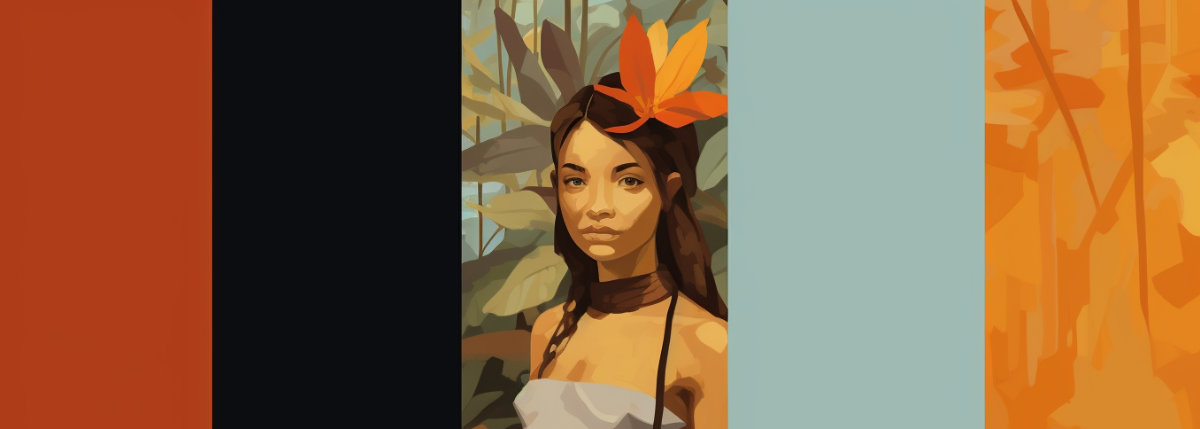
Traditional Use of Psilocybin
The elder described how indigenous cultures have long used psilocybin mushrooms in sacred plant medicine rituals. The ceremonial practices provided a structured way to utilize psilocybin’s consciousness-expanding potential for healing and spiritual communion.
In Central America, the Aztecs and Maya incorporated psilocybin mushrooms into divinatory rituals guided by shamans. The shaman would ingest mushrooms to enter visionary states, prophesize future events, or diagnose medical conditions.
In Siberia, the shamanic cultures consumed psychedelic Amanita muscaria mushrooms in communal ceremonies. The psychedelic experience was seen as connecting to the spirit realm to gain insight and mediate mystical forces.
In Africa, psilocybin cults existed among certain tribal groups. The rituals involved invoking ancestral spirits and interacting with them under the mushrooms’ influence to access their wisdom.
These traditions viewed psilocybin as a tool for sacramental communion, when handled intentionally within their cultural customs and belief systems. The elder hoped to steer the forager away from reckless use.
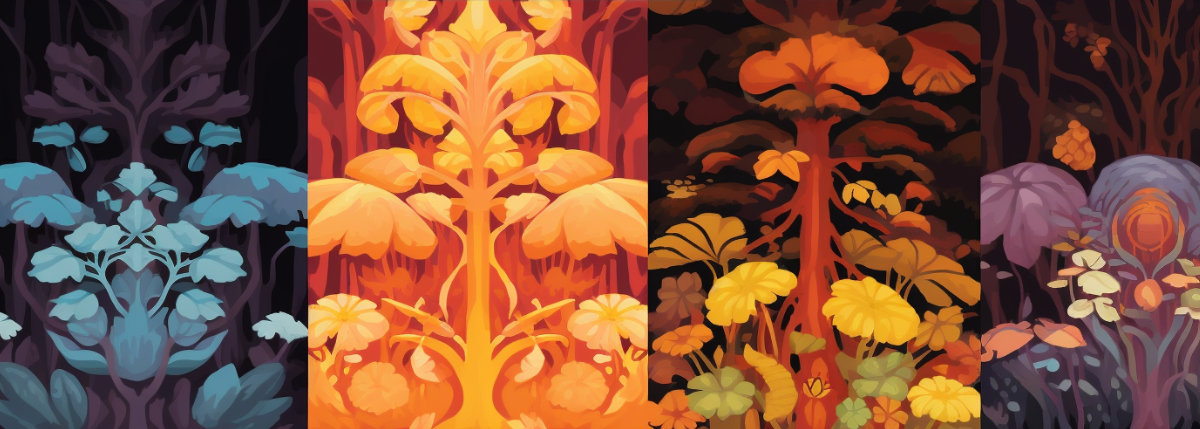
Modern Rediscovery of Psilocybin
The elder then told the forager of psilocybin’s more recent rediscovery by Western science in the 1950s-60s. This opened new frontiers in understanding its effects and potential benefits.
In 1955, a banker named R. Gordon Wasson and his wife Valentina Pavlovna Wasson travelled to Mexico and participated in a psilocybin mushroom ceremony guided by the traditional healer Maria Sabina. His published account rippled through the Western world.
Two years later, chemist Albert Hofmann – famous for discovering LSD – successfully isolated and synthesized psilocybin and psilocin from mushroom samples. This allowed pure production and dosing.
In 1958, Hofmann received more samples from Roger Heim, who identified over 200 psilocybin mushroom species while studying the Lacandon people of Southern Mexico.
Throughout the 1960s, psychedelic researchers like Timothy Leary conducted experiments on psilocybin. Though controversial, this laid the groundwork for modern clinical trials.
The elder remarked that while reckless use followed, mindful research continued. Perhaps one day, psilocybin’s healing potential will be harnessed through guided therapies.
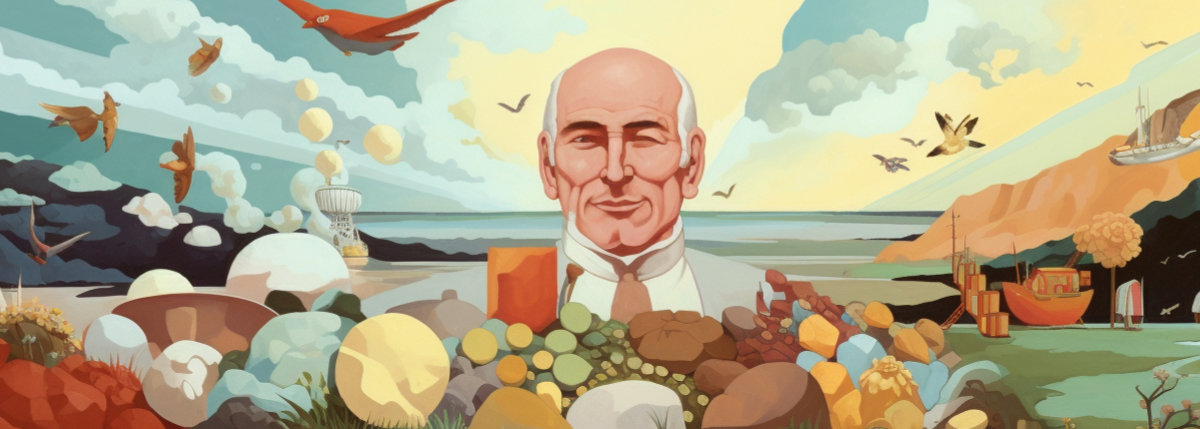
A Modern Renaissance in Psychedelic Research
Jumping to the present day, the elder spoke of a renaissance occurring around psilocybin research. After decades of prohibitions, scientists are once again studying psilocybin-assisted therapy for mental health.
Recent clinical trials show psilocybin reducing anxiety and depression in cancer patients and treatment-resistant cases when combined with psychotherapy. Other studies show benefits for addiction, PTSD, and existential distress.
Brain imaging confirms that under guided settings, psilocybin temporarily alters the default mode network to “open” patients to new perspectives. This facilitates therapeutic breakthroughs.
Johns Hopkins, NYU, Imperial College London and other major institutions are conducting rigorous trials. So far, results are promising – over 60-80% of participants report the psilocybin experience as highly meaningful for improving their conditions.
Though still early, measured scientific findings validate psilocybin’s historic roots as a potential healing plant ally. With more research, safe, supervised psilocybin-assisted therapy may one day be a mainstream option.
The forager felt hope and awe reading these studies. Perhaps her people’s ancient wisdom could be fused with modern science to alleviate suffering for many.
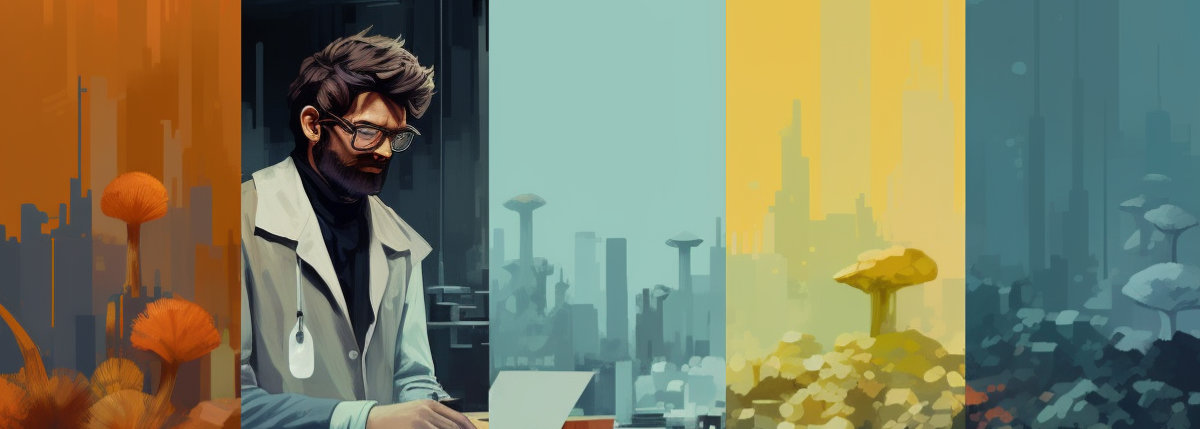
Blending Old and New
In closing, the elder remarked that traditional ceremonial and modern therapeutic uses of psilocybin need not be mutually exclusive. Blending these approaches may hold promise.
Indigenous rituals provide a time-tested structure on how to guide psilocybin journeys safely, while clinical models lend empirical support. Integrating the two could ground the mystical experience with psychological care.
Some retreat centres now fuse elements like ritual intention-setting with psychological integrative techniques. And certain therapists combine neo-shamanic principles with evidence-based modalities in psychedelic-assisted coaching.
While widespread medical adoption remains years away, options for intentional psilocybin exploration are increasing for those who seek it. With diligent preparation and support, the mushroom’s mind-expanding gifts can be harnessed once again.
As the tale drew to a close, the forager felt gratitude for all those keepers of psilocybin wisdom – ancestors, elders, scientists and healers alike. One day, this knowledge would illuminate the masses. For now, she had her own journey ahead.
